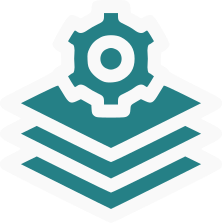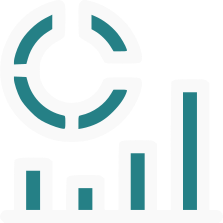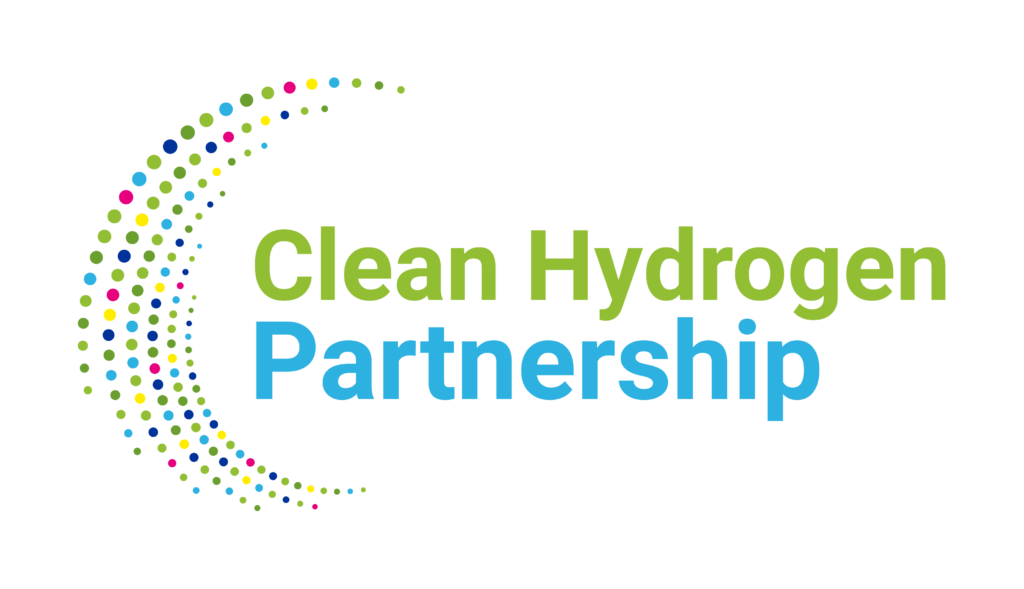HyPrAEM
Project Coordinator
Danmarks Tekniske Universitet
Christodoulos Chatzichristodoulou
[email protected]
Dissemination & Communication
Demetris Xenophontos
[email protected]
Connect
PROJECT
The HyPrAEM project aims to develop a disruptive Anion Exchange Membrane ELectrolysis (AEMEL) stack and balance of plant (BoP) layout capable of producing hydrogen directly at 100 bar, enabling direct integration into the chemical industry. The 100 kW/100 bar AEMEL stack, with an active area of 500 cm² will be demonstrated for >3000 h under industrially relevant conditions at the DTU TotalEnergies Excellence Center of Clean Energy (DTEC).
Project
The HyPrAEM project aims to develop a disruptive Anion Exchange Membrane ELectrolysis (AEMEL) stack and balance of plant (BoP) layout capable of producing hydrogen directly at 100 bar, enabling direct integration into the chemical industry. The 100 kW/100 bar AEMEL stack, with an active area of 500 cm2 will be demonstrated for >3000 h under industrially relevant conditions at the site of an end user.
Objectives
The HyPrAEM project aims to develop and demonstrate a high-efficiency 100 kW AEM electrolyser system that produces green hydrogen directly at a high pressure of 100 bar. It seeks to operate continuously for over 3,000 hours and to be compatible with renewable energy sources.
This high-pressure hydrogen production is designed to integrate smoothly with Europe’s hydrogen pipeline infrastructure or connect directly to industries that use green hydrogen.
The key objectives of HyPrAEM are to:
1

Develop a 100 kW AEM stack with a nominal current density of 2 A/cm2 at 1.75 V cell voltage at ~ 70 ºC, corresponding to an energy consumption of ~ 46.9 kWh/kg.
2

Develop high-performance critical raw materials (CRM)-free/lean catalysts, and reinforced AEM membranes and ionomers for high pressure operation.
3

Optimize the design of porous transport layers, membrane electrode assembly, stack and BoP for high-pressure operation.
4

Improve existing component, cell, and stack level EU-harmonised Accelerated Stress Test (AST) protocols, emphasizing their validation in relation to Real-World Degradation (RWD).
5

Develop a digital-twin for the 100 kW AEM electrolyser and validate it against the on-field demonstration of the final 100 kW AEMEL system.
6

Carry out an integrated sustainability analysis on components and technologies developed in the project and in-depth techno-economic analysis (TEA) on a use-case relevant to the thermochemical industry.
1

Develop a 100 kW AEM stack with a nominal current density of 2 A/cm² at 1.75 V cell voltage at ~ 70 ºC, corresponding to an energy consumption of ~ 46.9 kWh/kg.
2

Develop high-performance critical raw materials (CRM)-free/lean catalysts, and reinforced AEM membranes and ionomers for high pressure operation.
3

Optimize the design of porous transport layers, membrane electrode assembly, stack and BoP for high-pressure operation.
4

Improve existing component, cell, and stack level EU-harmonised Accelerated Stress Test (AST) protocols, emphasizing their validation in relation to Real-World Degradation (RWD).
5

Develop a digital-twin for the 100 kW AEM electrolyser and validate it against the on-field demonstration of the final 100 kW AEMEL system.
6

Carry out an integrated sustainability analysis on components and technologies developed in the project and in-depth techno-economic analysis (TEA) on a use-case relevant to the thermochemical industry.
Methodology
The HyPrAEM project aims to advance high-pressure hydrogen production to decarbonize the thermochemical industry by integrating compression directly into the electrolyser stack.
This integration reduces system components, enhances efficiency, lowers costs, and broadens the green hydrogen market.
The project involves developing novel stack components for high-pressure operation (up to 100 bar) and improving performance, durability, and scalability of AEM electrolyser technology.
Key innovations include low-CRM electrocatalysts, high-performance ionomers, membrane electrode assemblies, reinforced membranes, and optimized porous transport layers.
These components will be performed, scaled up, and demonstrated in a 100 kW system.
A hydraulic piston stack design, Computational Fluid Dynamics modelling, and a dedicated BoP system will be employed, with a >3000-hour field test by TotalEnergies.
The project also includes upstream integration with renewable energy sources and intermittent operation studies.
Sustainability and techno-economic analyses will guide future development, while a comprehensive exploitation and communication plan ensures widespread dissemination and potential long-term benefits for partners and the EU.
Methodology CONCEPT
Expected Results
HyPrAEM aims to develop a novel AEMEL stack design that can directly produce hydrogen at 100 bar.
HyPrAEM will develop new (reinforced) AEM membranes, low-CRM electrocatalysts, microstructure optimized PTLs and optimized MEAs.
HyPrAEM will develop a 100 kW high-pressure AEMEL stack with an active area of 500 cm². The stack can directly produce hydrogen at 100 bar pressure.
HyPrAEM has set a target current density of 2 A/cm² at 1.75 V with alkaline concentrations of <1 mol/l and will have an energy consumption of 46.9 kWh/kg at the stack level and <50 kWh/kg at system level.
HyPrAEM will perform an on-site demonstration of the 100 kW/100 bar AEMEL system at the site of an industrial end user partner for >3000 hr, and demonstrate degradation <0.7%/1000 hr.

Grant Agreement No: (PROPOSAL ID 101192442)
Co-Funded by the European Union. Views and opinions are however those of the author(s) only and do not necessarily reflect those of the European Union or the Clean Hydrogen Partnership. Neither the European Union nor the granting authority can be held responsible for them.
Project Funded By
Schweizerische Eidgenossenschaft
Confédération suisse
Confederazione Svizzera
Confederaziun svizra
Swiss Confederation
Federal Department of Economic Affairs,
Education and Research EAER
State Secretariat for Education,
Research and Innovation SERI
This work was supported by the Swiss State Secretariat for Education, Research and Innovation (SERI).

The project is supported by the Clean Hydrogen Partnership and its members.
Project Coordinator
Danmarks Tekniske Universitet
Christodoulos Chatzichristodoulou
[email protected]
Dissemination & Communication
RTD Talos Ltd.
Melinda Kuthy
[email protected]
Connect
© 2025 HyPrAEM | Terms and Conditions | Cookies Policy
Web design & development by Competitive Edge

